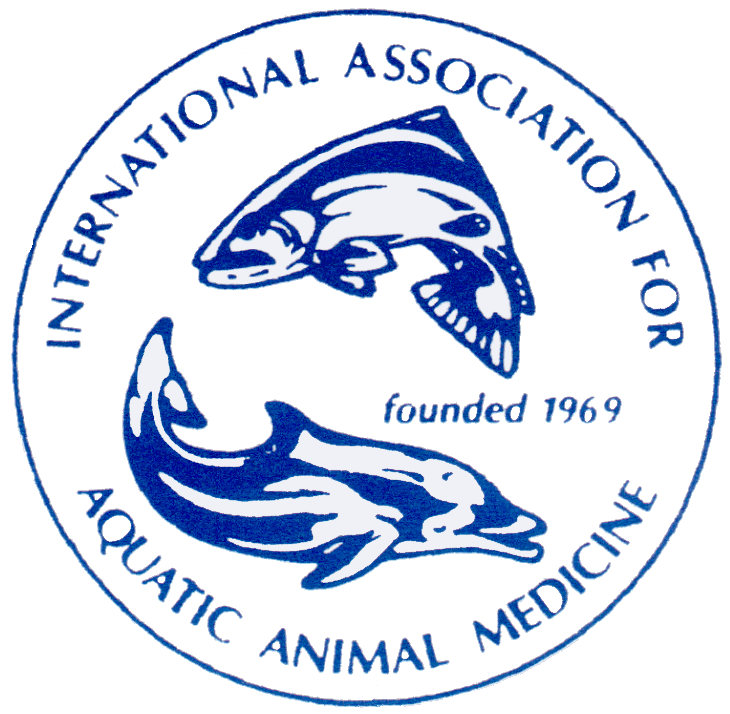Puerto de la Cruz, April 17th, 2018. Udra is the name of the female zebra shark that became the first specimen of this species born in an aquarium in Spain. The team of the Loro Parque’s aquarium, whose efforts have enabled this breeding success, is very proud to confirm that the animal has completed the required quarantine period, during which it was receiving all the necessary care and attention. Now it is enjoying its new, spacious home in the mangrove of Aqua Viva. It also means that the guests of the park have a unique opportunity of seeing it, for the first time, in this exhibition of the park, which was recognized by Trip Advisor in 2017 as the best zoo in the world.
Since its birth, Udra has been participating in unique shark training program developed by the experts of the Loro Parque’s aquarium. Thanks to this training, such important procedure as voluntarily blood extraction was made possible. Moreover, through this training, it has become accustomed to regular voluntary veterinary check-ups, which not only allow the aquarium team to ensure its maximum well-being but also provide researchers and scientists with valuable information about this species. From now on, the visitors of the park will be able to observe the training sessions with Udra.
Udra is an offspring of two other zebra sharks of the park, Marylin and Elvis, who, since then, have had more young ones. Nevertheless, Udra has a special meaning for the aquarium’s team, because it was the first specimen of this species to be born under their care, converting the aquarium into the first among the aquariums of Spain to have bred this species. The young shark has been progressing steadily since her birth in October 2016. Weighing originally only 0.072 kg, it is now at 0.390 kg, and it has grown from the original 27.3 cm to 118 cm.
What is curious about these animals is that they received their common name, zebra shark, due to their appearance at birth. While they are young, they display while stripes over darker bodies, hence the name. The appearance changes as they grow, and by the time they become adults, the stripes will have evolved into black spots. These sharks are slow but elusive swimmers; they do not chase their prey, but rather corner it using their large flexible body to prevent it from escaping.
Breeding and reproduction work carried out at Loro Parque is essential to provide scientists with the vital and much-needed information about the conservation of not only of this particular species but also of other, much more threatened species. Thus, Loro Parque Foundation, with the support of its primary sponsor, Loro Parque, among many others, has been successfully conducting marine wildlife conservation and protection projects. Among them, are the projects with such species as the angelfish (Squatima squatima), considered to be the most endangered shark in the world, and the hammerhead shark (Sphyrna sp.), a species that finds itself under a lot of pressure primarily due to aggressive fishing techniques and other adverse conditions.









